We were lucky to catch up with Nini Rebeck recently and have shared our conversation below.
Hi Nini, thanks for joining us today. If you could go back in time do you wish you had started your creative career sooner or later?
I do wish that I would have started sooner, although I know it may have been more difficult in many ways. When I was in high school I wanted to move to the west coast after graduation to try and become a model and video vixen. But I was raised in a pretty controlling environment that instilled a lot of shame, so I did what I was encouraged to do: I attended university and only ever applied for jobs that were “real” and “respectable.”
The feeling of not truly making my own life choices can sometimes cause a sense of regret and longing for “what could have been.” Would I be that much further along, with beautiful memories, photos and videos to look back on? Would I be even braver in social settings because I would have had more years of practice? Would I feel less imposter syndrome because I’d feel more established and validated?
But starting later has had its benefits. In my late teens and early twenties I wasn’t very good at establishing or maintaining boundaries, and of course I wasn’t nearly as self-sufficient as I am now. I also struggled a lot with self-esteem and wanting to prove myself. And while it can be a beautiful thing to find help from the community around you, being so young and having to rely entirely on others can leave you vulnerable to predatory behaviors and practices. I would have been far from home and far from my support system, which can be unsafe for young women in entertainment fields.
At this stage in my life I feel a stronger sense of control over what I’m willing or not willing to do and where my comfort levels are. I’ve also developed really solid emotional regulation and a system of values and priorities that I don’t want to compromise. So while the yearning for “lost time” still happens every now and then, I do believe that it’s never too late to start your passion and I am content that I was brave enough to finally try.
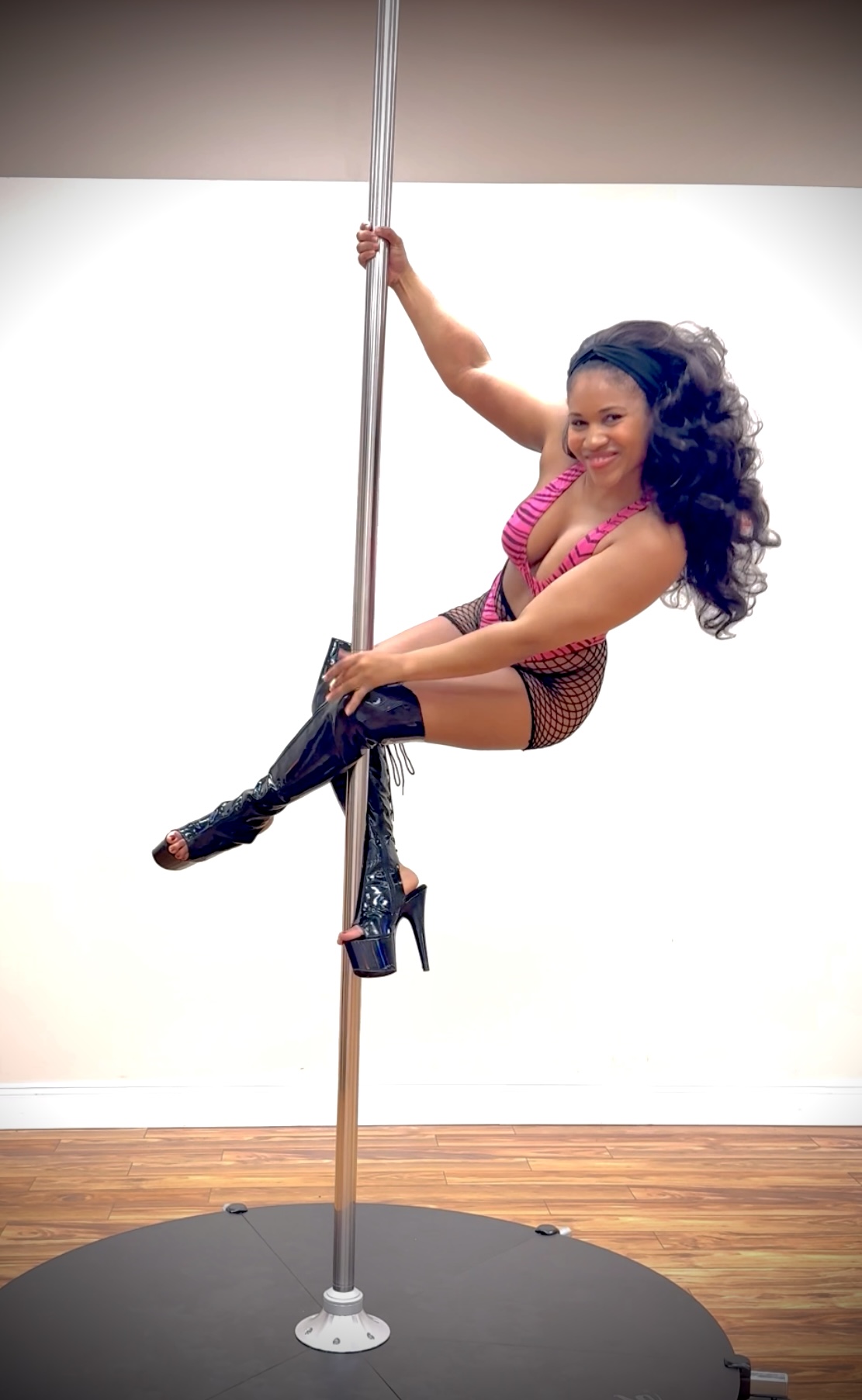
As always, we appreciate you sharing your insights and we’ve got a few more questions for you, but before we get to all of that can you take a minute to introduce yourself and give our readers some of your back background and context?
I am a burlesque, pole dance, belly dance, and go-go performer. My performance style focuses heavily on sensuality and seductive expression, in an effort to inspire others to safely explore deeper connections with their own bodies. I have always been drawn to dance forms that focus on the motion of the hips, and am greatly inspired by the many sirens and bombshells who modeled and performed during the mid-to-late 20th century.
I have studied various styles of dance since childhood, including ballet, salsa, samba, belly dance, twerk, and heels dance. I wanted to learn to pole dance in my late teens, but coming from a relatively small and deeply religious community, it did not feel accessible to me at the time. When I finally started learning pole, it took almost a year and a half to build the courage to perform in a show for the first time. After I performed I was asked to participate in a burlesque show — Dreamy’s Cabaret. I had attended a few burlesque shows by this point and was definitely interested, but I felt unsure about how theatrical it can be and was worried about feeling out of place.
But I had already been investing in workshops on how to turn dancing into a business, and I was also getting positive feedback about my performances, posts and photoshoots. So I decided to continue attending events and pursuing opportunities. One thing that stood out to me and continued to motivate me was the encouragement, advice and gratitude from other black women and women of color. I learned that freely expressing myself and displaying such comfort in my own body mattered not just to me but to others as well. Because of this, I gradually developed my own mission in dance and performance.
There is an all too common sentiment that certain movements (and certain types of movers) are “classier” while others are “trashier.” These attitudes often come from racial and economic stereotypes, pitting one dance (or dancer) against the other and establishing a class system of dance styles. I reject this way of thinking and instead choose to celebrate and fuse many styles and techniques. Shame is a big part of why many people struggle to feel comfortable enough in their bodies to even try a dance class. It is especially important in spaces like pole dance, burlesque and nightlife that we credit and honor the contributions of strippers and avoid shaming anyone who dances in clubs or has a more risqué style of movement.
Ultimately my goal as a performer is to create memorable experiences for attendees and to inspire body liberation and seductive creativity in others. I know how freeing it has been for me to be so inspired by other dancers that I want to learn and move in my own body too. I love being able to pay that forward.
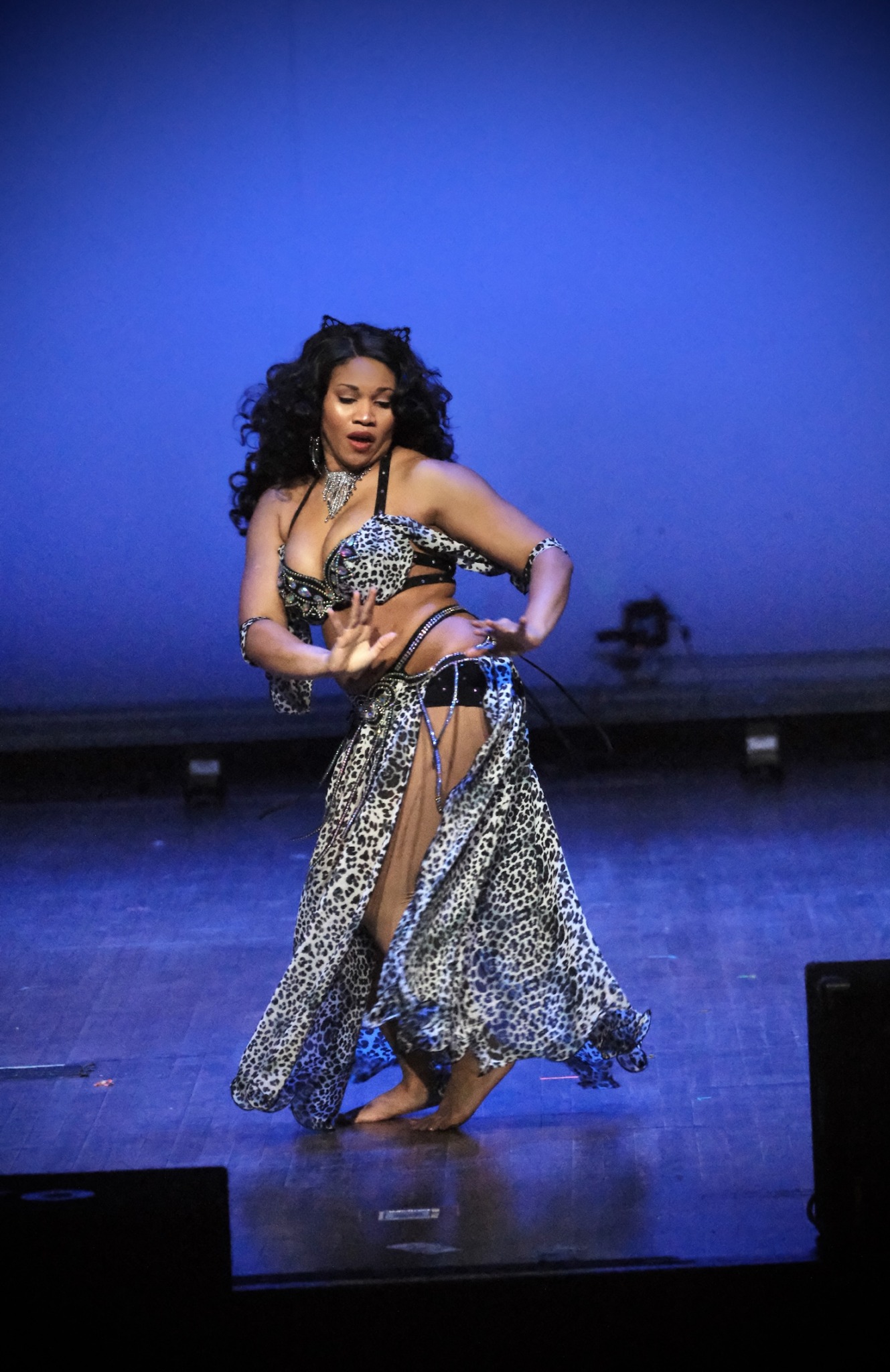
Learning and unlearning are both critical parts of growth – can you share a story of a time when you had to unlearn a lesson?
I have had to unpack and unlearn a lot of negative beliefs and feelings about my body and sexuality. I was definitely brought up in purity culture and was taught the importance of abstinence, modesty and how to be a “respectable” woman. Even as a teenager I felt frustration and resistance to these teachings, so the literal unlearning wasn’t too difficult.
What is difficult is having to continuously fight off the long-standing anxiety, shame and fears that come with breaking away from these cultural beliefs. I know that I am not alone in this. Many models and dancers use these art forms as a way to navigate accepting ourselves and our bodies as we renounce archaic, restrictive gender roles and identities.
After unlearning, I have been able to relearn just how important it is to approach and accept people as individuals. We are multi-faceted and we do not fit neatly into little boxes. Even among those of us with similar backgrounds and interests, we have to avoid projecting our own identity expectations onto others because we are not monolithic. Self-acceptance looks different for each person.
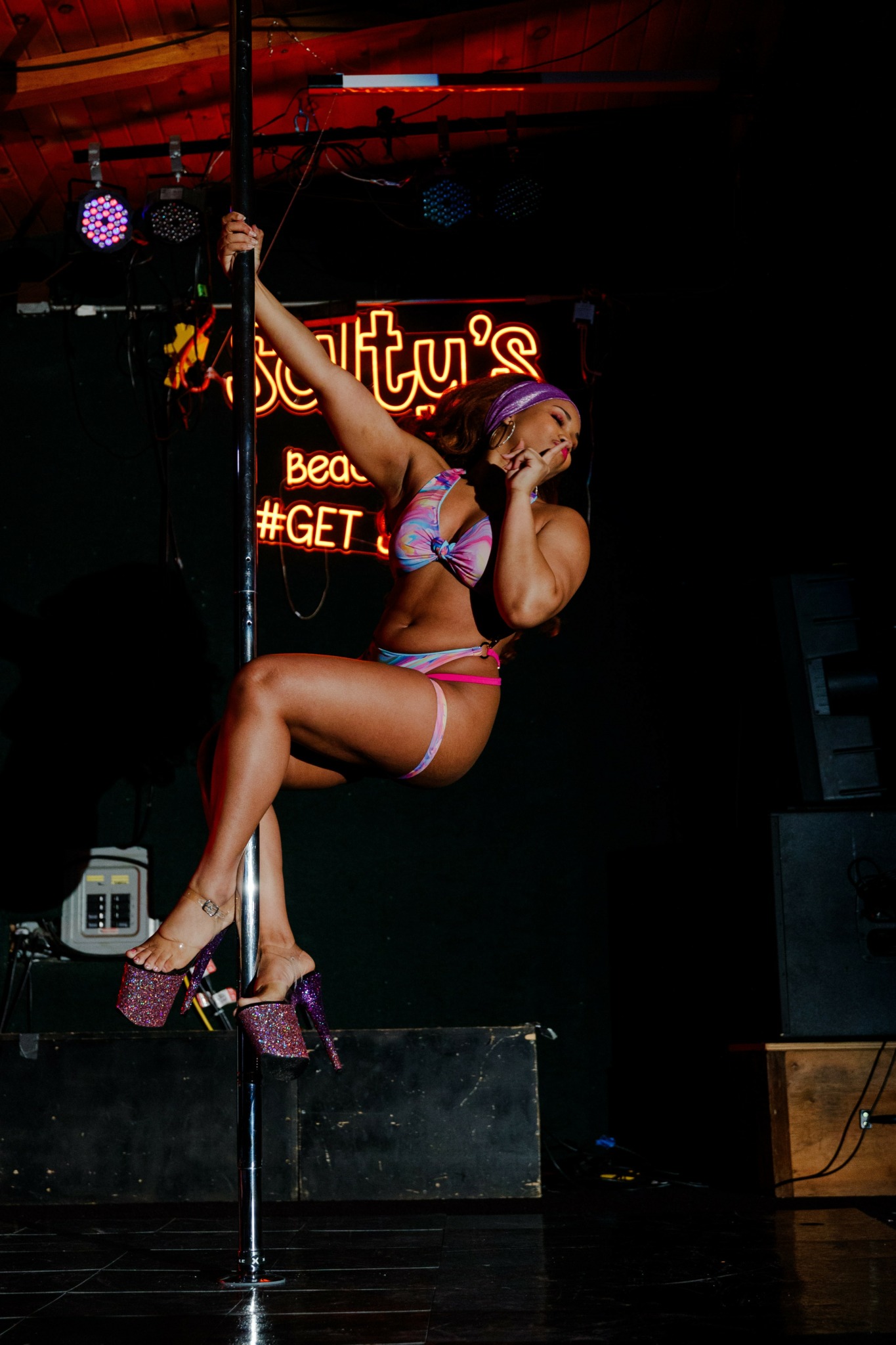
What can society do to ensure an environment that’s helpful to artists and creatives?
Support local artists! Attend shows and events, compensate them for their time and creativity, and make sure to tip them too. The starving artist stereotype has too much influence on creatives and patrons alike. There is such a strong expectation for unpaid labor, especially in the digital age when something as fleeting as social media clout is considered to be a form of payment. As a society we need to stop taking advantage of hard-working artists by telling them to simply be grateful for the opportunity or that they are being “paid in exposure.”
Contact Info:
- Website: https://ninirebeck.com
- Instagram: @ninirebeck
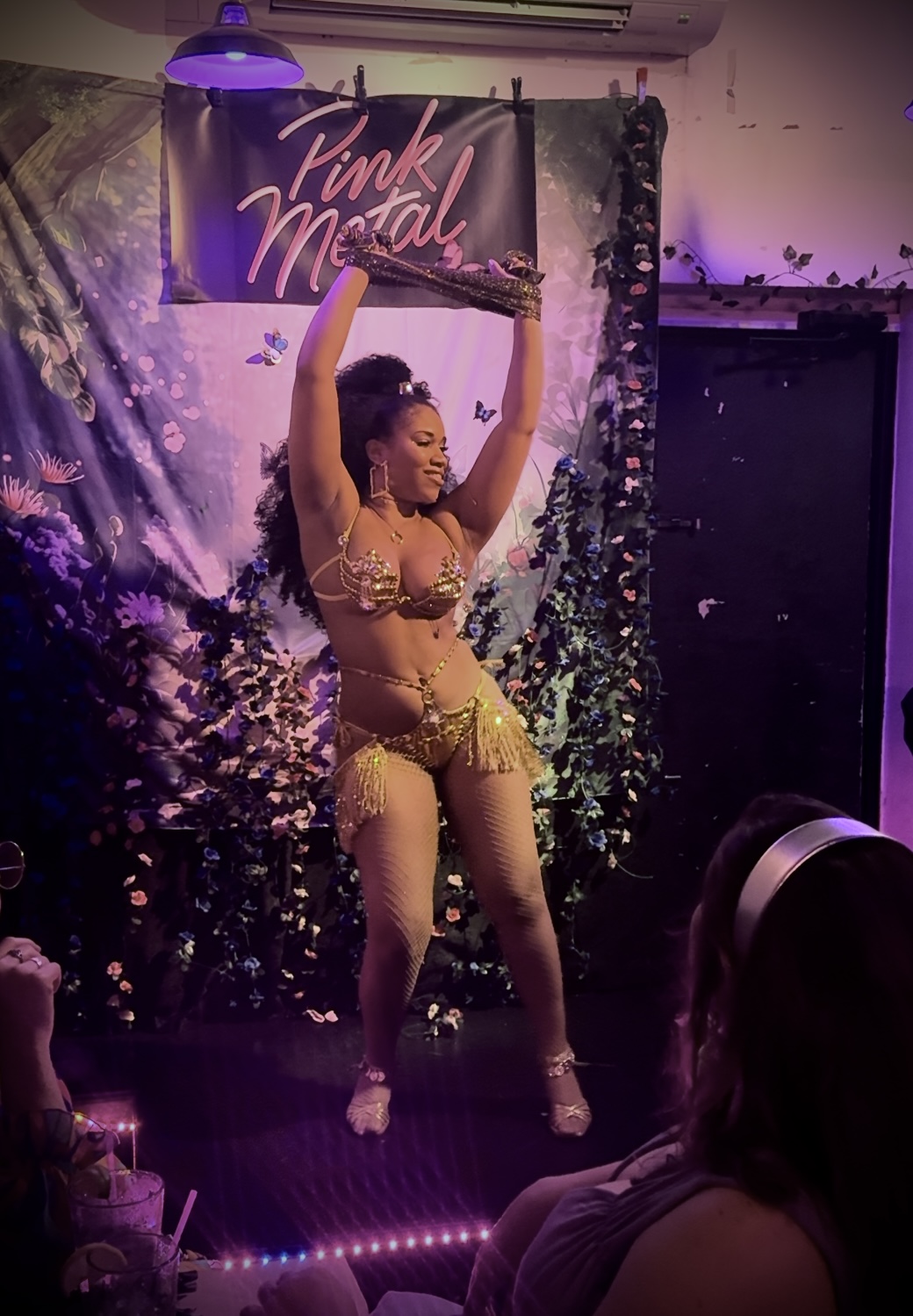
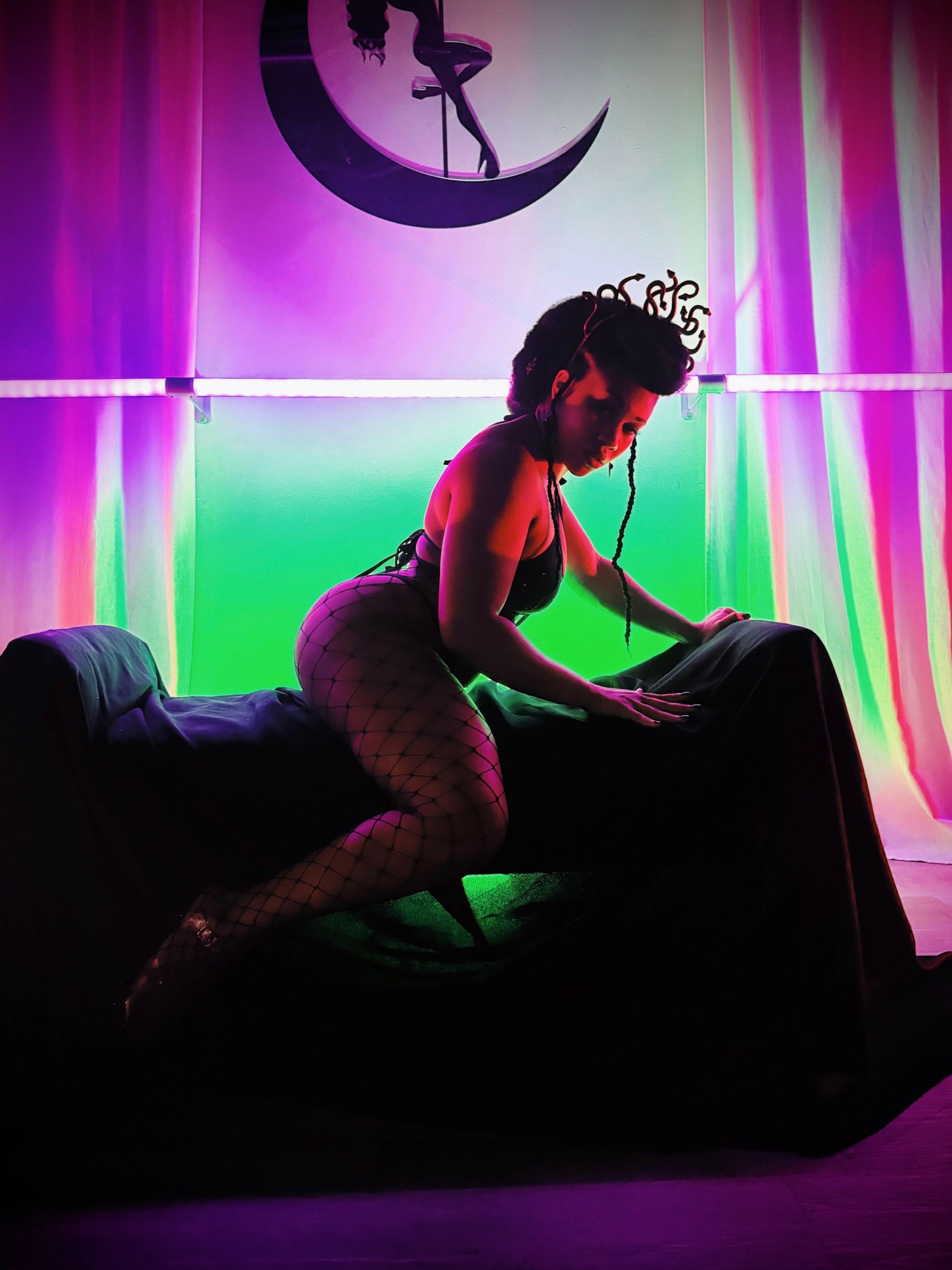
Image Credits
Natalya Nightshade
James Craig
Correy DeWindt


